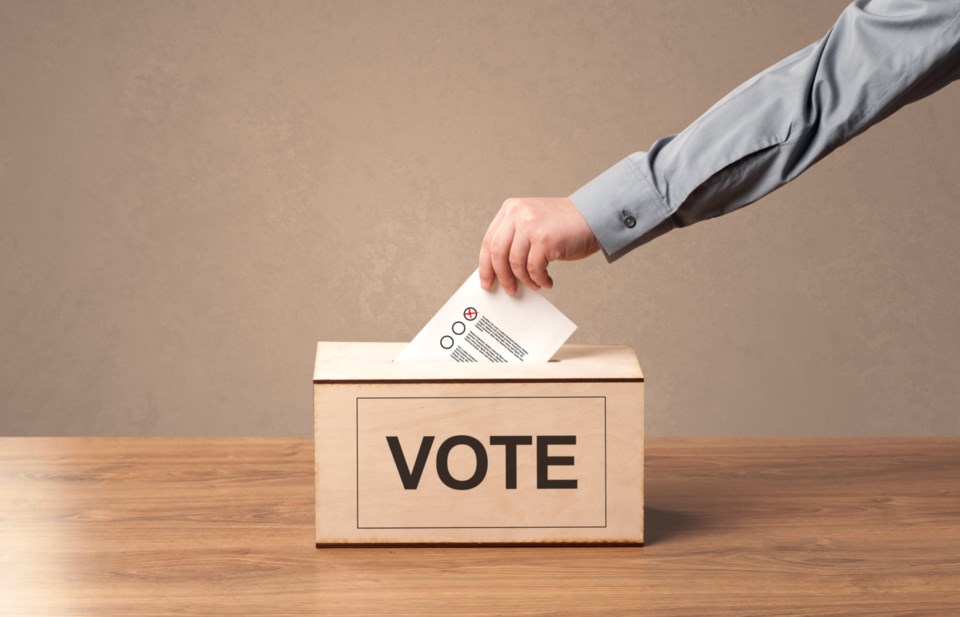More people in the Moose Jaw — Lake Centre — Lanigan constituency voted in this year’s federal election than in 2015, with the incumbent candidate also seeing an increase in votes received.
Data from Elections Canada shows there were 45,275 ballots cast in this riding during the 43rd federal election on Oct. 21. There were 291 rejected ballots, so the total number of valid votes cast was 44,984.
There were 10,264 ballots cast in the advanced polls.
Incumbent Conservative candidate Tom Lukiwski received 31,993 votes — an increase from 23,273 votes in 2015 — while NDP candidate Talon Regent received 7,660 votes, Cecilia Melanson received 2,517 votes, People’s Party of Canada candidate Chey Craik received 1,613 votes and Green Party candidate Gillian Walker received 1,201 votes.
In comparison, there were 42,107 ballots cast in 2015. There were 142 rejected ballot papers, so 41,965 valid votes were cast.
Acting returning officer Brian Elwin Harrison was thrilled to see more votes cast this election.
“I am in the voting business. Any time you can have a higher voter turnout, the better it is,” he said, noting it was encouraging to see more people this year compared to 2015 since “apathy is the enemy of democracy.”
With a laugh, Harrison noted he would not attempt to answer why more people cast their ballots in this election. He joked that he would let the political pundits discuss that issue since he and his team were more focused on ensuring Election Day ran well.
Election Day was such a whirlwind that Harrison encouraged his team — in the main office in Moose Jaw and throughout the constituency — to simply enjoy it. There were 708 people hired to work at the different locations, with some employees working 14 to 16 hours on the day itself.
“They were well trained. It was definitely a valid election and the mistakes we found two days later were small adding mistakes after a 14-hour day … ,” he said.
While the polls in Saskatchewan opened at 7:30 a.m., the day started earlier for all the employees, since each site had to report in by 6:15 a.m.
There were 27 additional employees on standby in case a poll station employee was unable to fulfill his or her duties, explained Harrison. These 27 people were stationed throughout the constituency in different communities and ready to travel to smaller centres if necessary; only one person had to be called.
“We had very resilient Saskatchewanians,” chuckled Harrison.
About 90 reports came into the main office in Moose Jaw after the polls closed. The central poll supervisors watched over the vote counting, with those votes then phoned in and entered into the computer system. This took about 90 minutes to two hours.
Most employees at ballot stations were bringing in their boxes to the main office when the final votes were being entered.
The staff at the main office were still working on finishing up their final duties a week after the election. This included loading up ballot boxes and other supplies and shipping them back to Ottawa. Harrison compared operating an elections office as being similar to running a business for eight weeks and then shutting it down quickly.
It might have been long days leading up to — and on — Election Day, but it was rewarding, said Harrison. He could see the fatigue in employees’ eyes when they returned to the office around 9:30 p.m. and 10:30 p.m., but appreciated their willingness to give back to democracy.
“It reminds me of harvest in that sense. You do the job until the job is done,” he added. “Not one complaint … It was a real good feeling in the heart.”




